Do Gods in TV Dramas Never Get Tired of Wearing All – White?

In TV dramas and movies of the Immortal Swordsmen Sagas genre, the images of gods and immortals are often portrayed as wearing spotless white robes that billow gently in the wind. There are also styles that combine Chinese and Western elements, similar to those seen in photo studios. Some people really love this fairy – like and ethereal feel. But others complain that all these immortals wearing white Hanfu look just like they’re in mourning clothes, and they think these are nothing but mass – produced trash from the film and TV industry. Is this really the case?
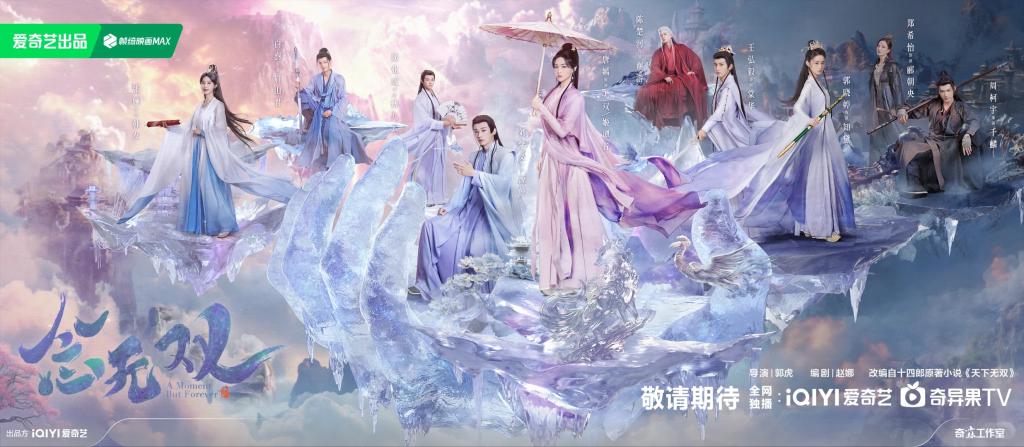
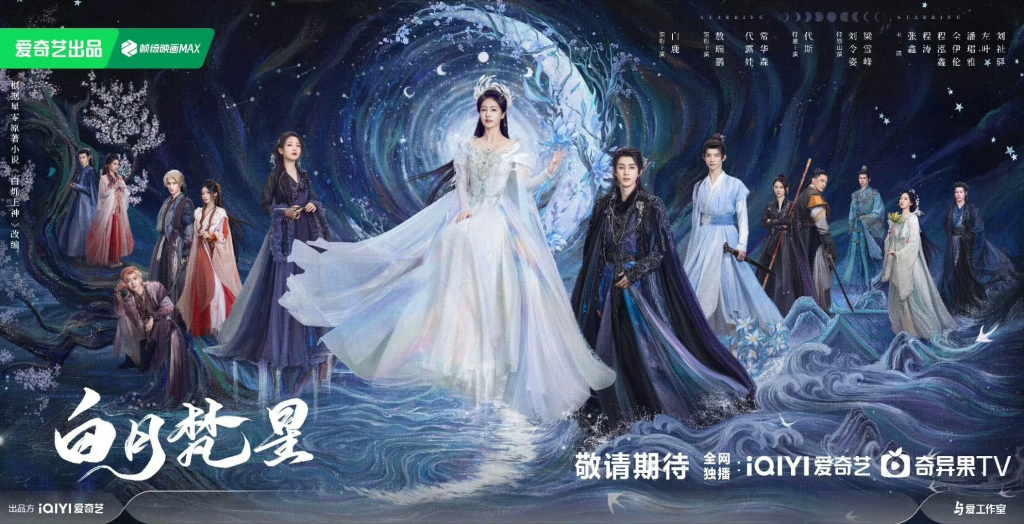
Looking at the Immortal Swordsmen Sagas dramas in recent years, some have a traditional Chinese style, some feature a Western style, and some blend the two. Without exception, all – white or light – colored hanfu outfits predominate. No wonder netizens say that directors and the props and costume teams are just out to make a quick buck. After all, making all – white costumes is both cost – saving and time – efficient. However, when we take a look at ancient murals, we’ll find that the clothes and accessories worn by gods and immortals were actually quite colorful.
Ⅰ. Traditional Attire of Native Deities
Ancient people also depicted deities. Just like our thinking today, the clothing of these deities was based on certain references. Most of them were combinations of daily – life costumes from a specific historical period, adorned with elaborate accessories. A common example is how we nowadays like to use the clothing in Dunhuang murals as a basis for the attire system of immortals.
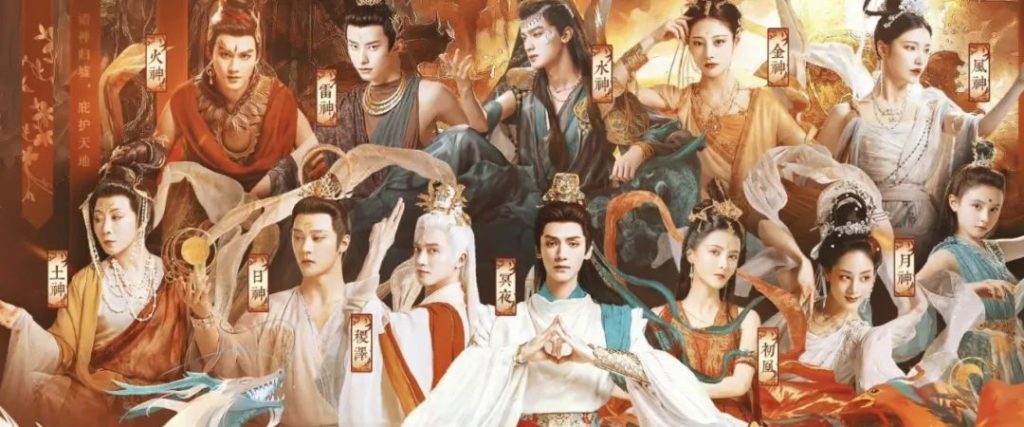
For instance, the drama Till the End of the Moon used a great number of Dunhuang elements, including Dunhuang – style color schemes and some adaptations inspired by Buddhist clothing.
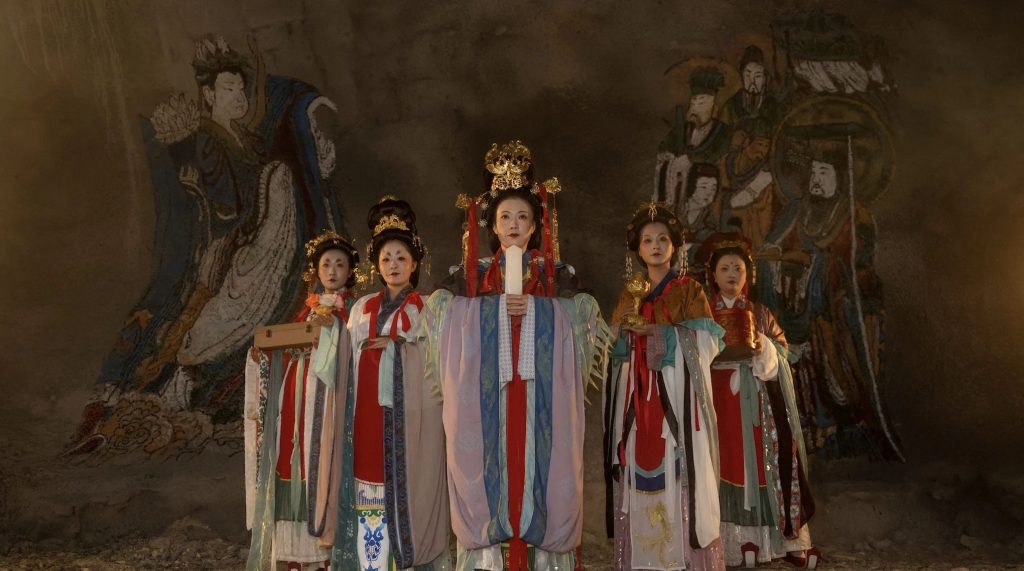
The actual traditional attire of native deities in China usually comes from ancient Taoist paintings, such as the portraits of deities throughout the dynasties. These include Gu Kaizhi’s “Nymph of the Luo River” (顾恺之,《洛神赋图》) in the Eastern Jin Dynasty, Wu Daozi’s “Eighty – seven Immortals Scroll” (吴道子,《八十七神仙图》)in the Tang Dynasty, and the clothing in the murals of the Yongle Palace (永乐宫) in the Yuan Dynasty.
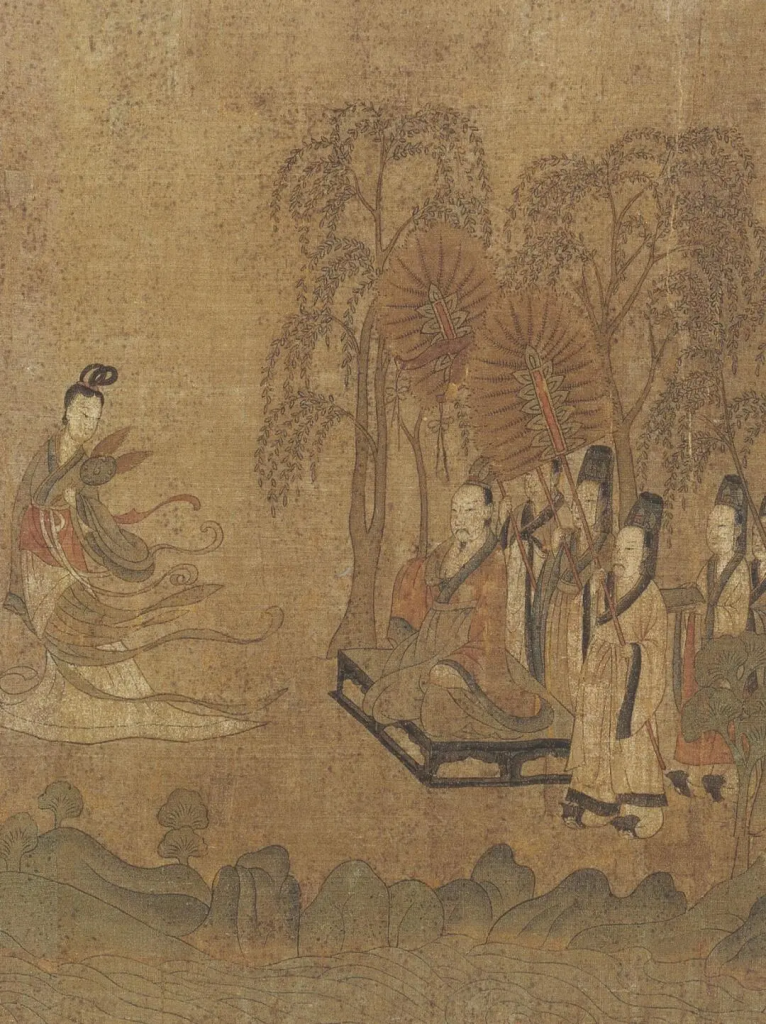


In the “The Pilgrimage of the Immortals”(《朝元图》) mural in the Yongle Palace, most of the deities wear large – sleeved robes, with a knee – covering apron. This is the most solemn formal dress in the Chinese clothing system. Similar to local officials, they also wear hairpins or hats and hold hu tablets (笏板, ritual baton) in their hands.
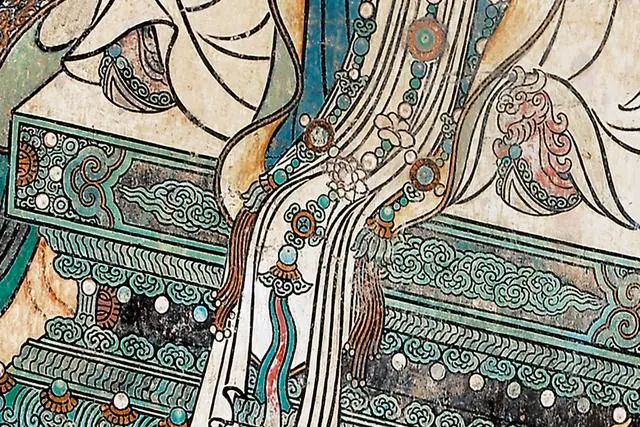
They are adorned with gorgeous necklaces and ribbons, shining with jewels and presenting a rich variety of colors, which is completely different from the deities we see in modern TV dramas.
This type of deity’s attire generally refers to the basic form of Hanfu, mainly featuring a top – and – bottom garment style, supplemented by some accessories. For example, there are the trailing sashes in “Nymph of the Luo River”; the common feather – like shawls, knee – covering aprons or wraparound skirts in “Eighty – seven Immortals Scroll”; and the necklaces and floating ribbons in the Yongle Palace murals.
Ⅱ. Modern – day Immortal Attire
What we refer to as “immortal attire” nowadays is a combination of various traditional and modern elements. It’s a variation that leans towards a more cinematic and fashionable style. It often involves the layering of large sleeves, lace trims, floating ribbons, and semi – transparent fabrics. You might even see bows and lace, all aiming to create a modern – day fairy or princess – like look, similar to the costumes in contemporary Immortal Swordsmen Sagas TV dramas. So, the differences are quite obvious.
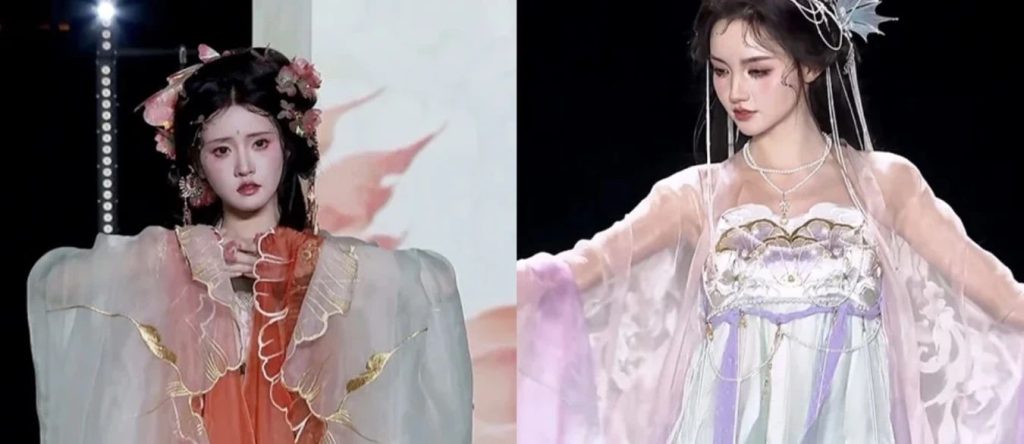
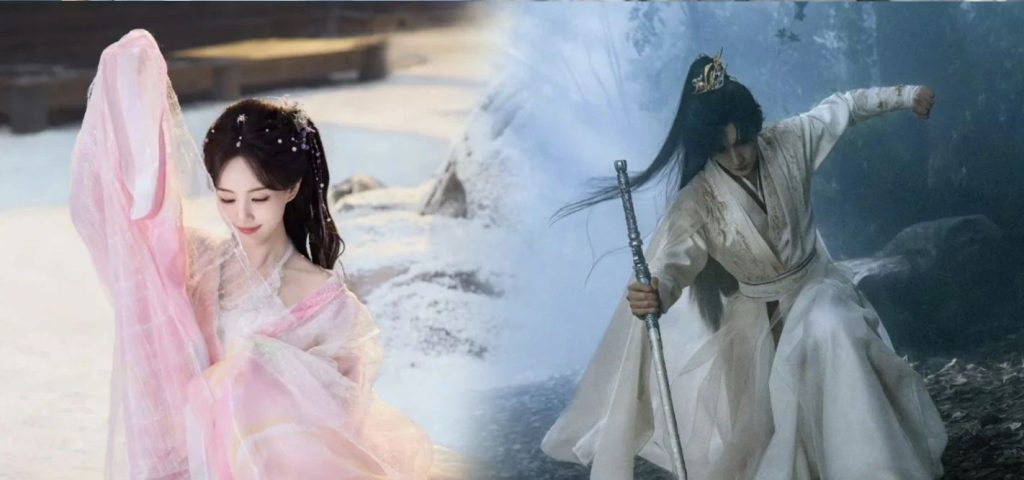
Although the images of Chinese deities are conceived based on Chinese mythology, the attire of these deities is still modeled after traditional Chinese clothing. After all, the culture of deities is part of traditional culture. The visual representation rooted in clothing culture is also an expression of our cultural confidence.
Summary
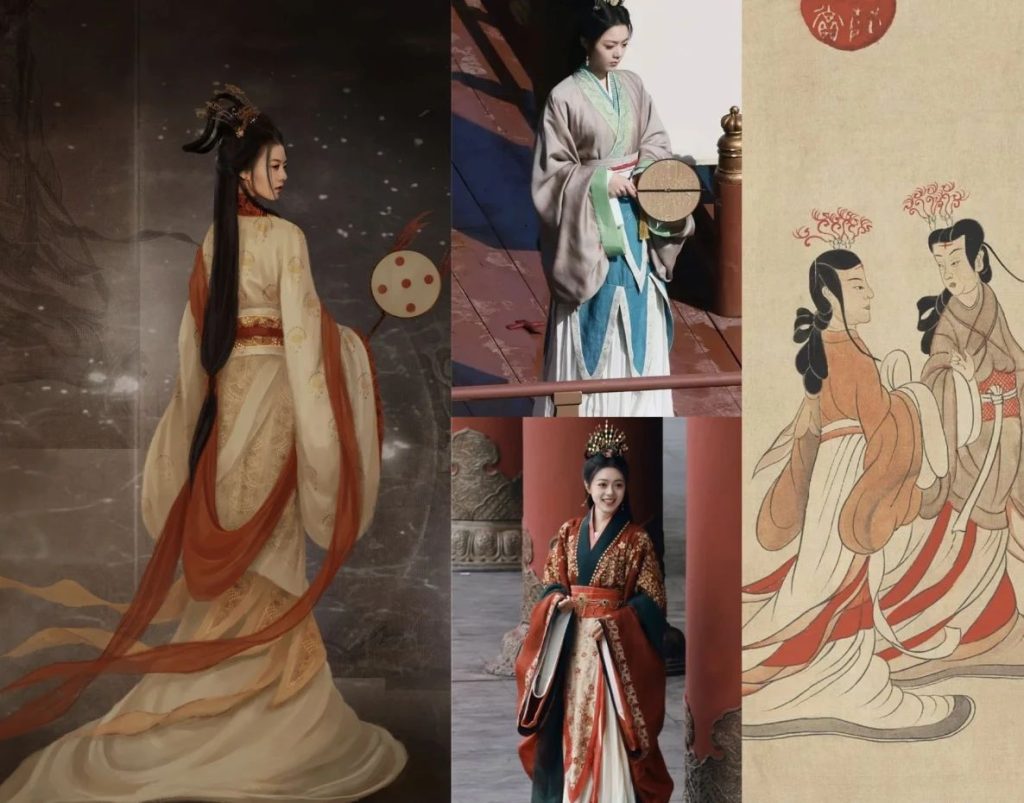
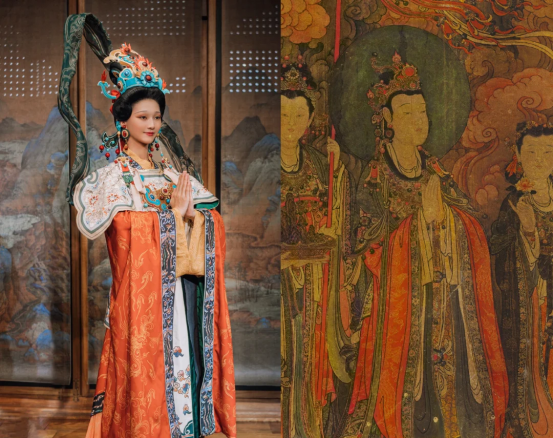
Whether it’s the so – called “modern hanfu for immortals” or the traditional “attire of deities,” as long as we don’t mix up the concepts, both can promote traditional clothing culture. However, the views and acceptance of the debate between these two types of attire among Hanfu enthusiasts vary. In the end, the answer is left for you all to decide. Welcome to leave your comments and start a discussion.
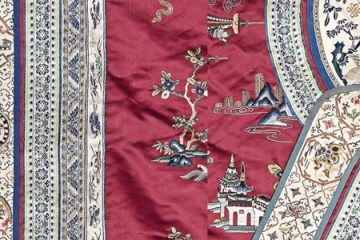
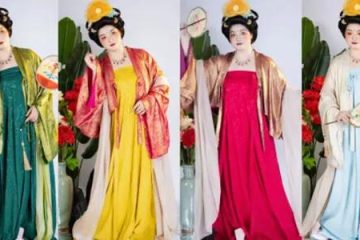
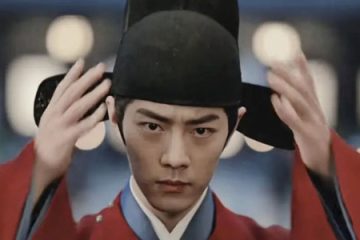
0 Comments